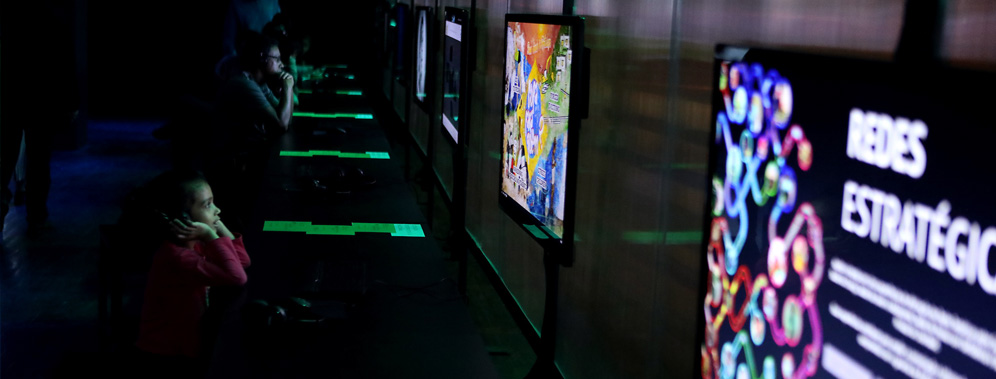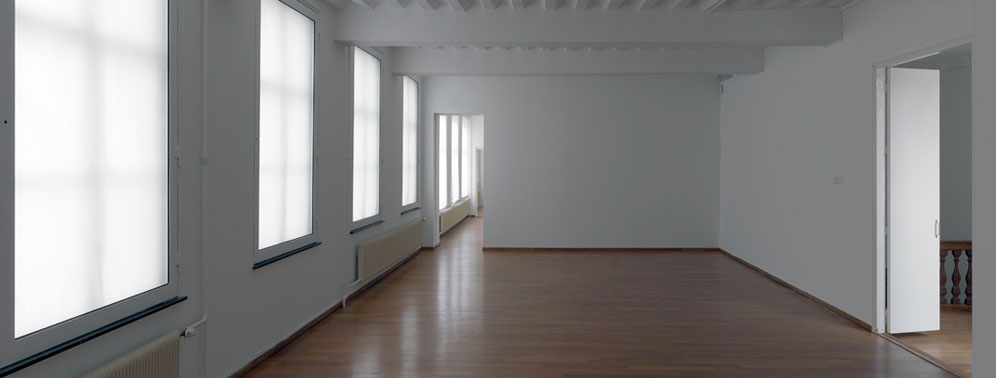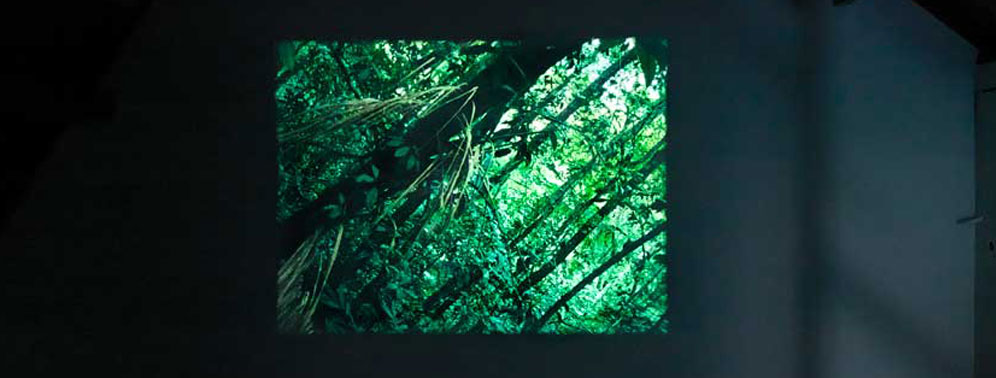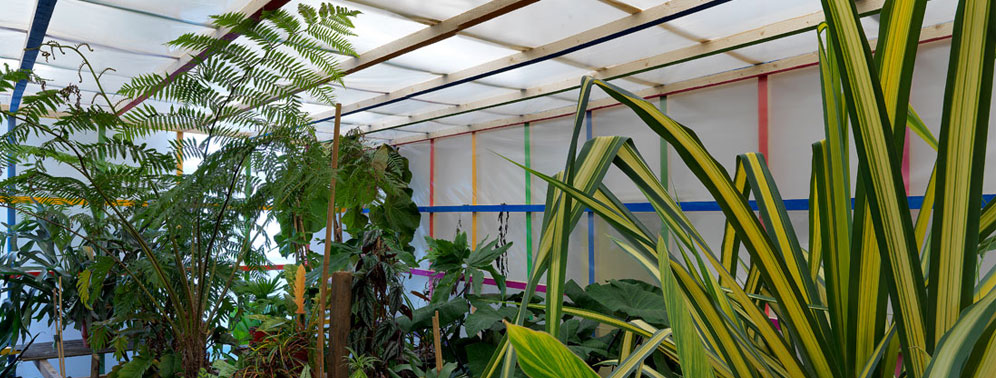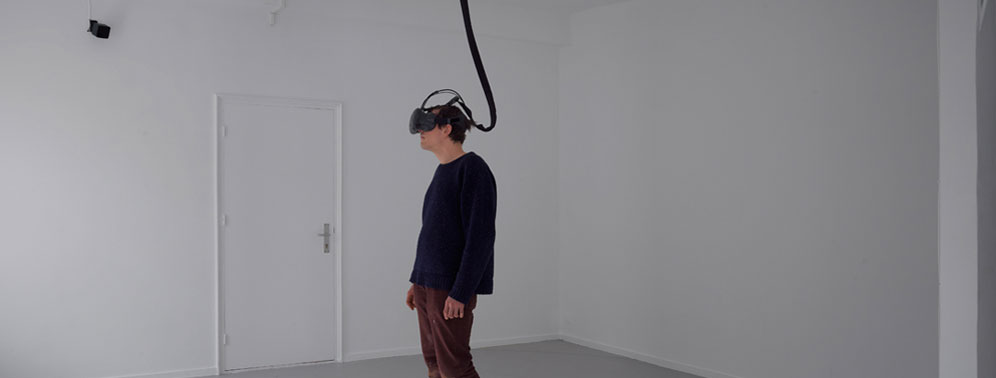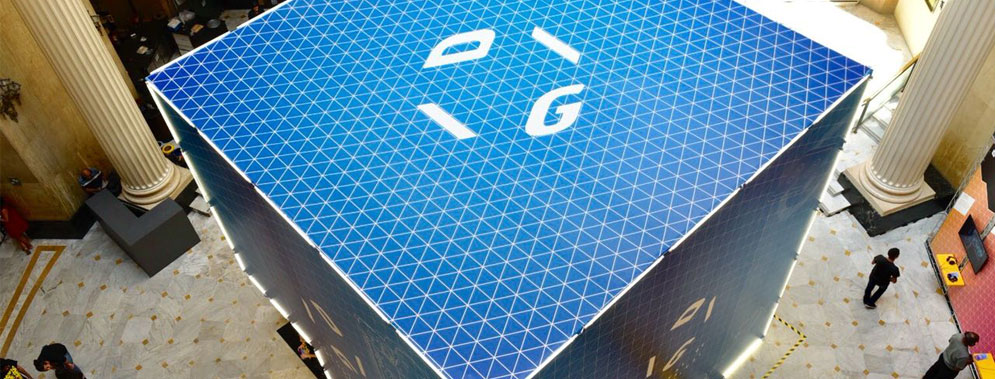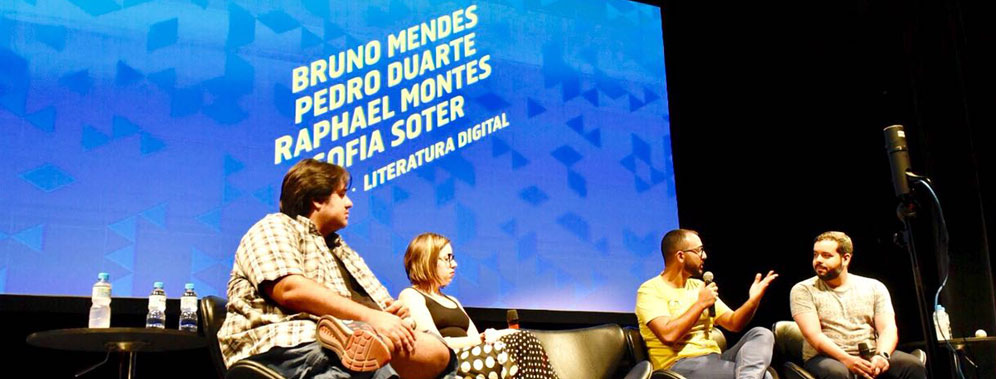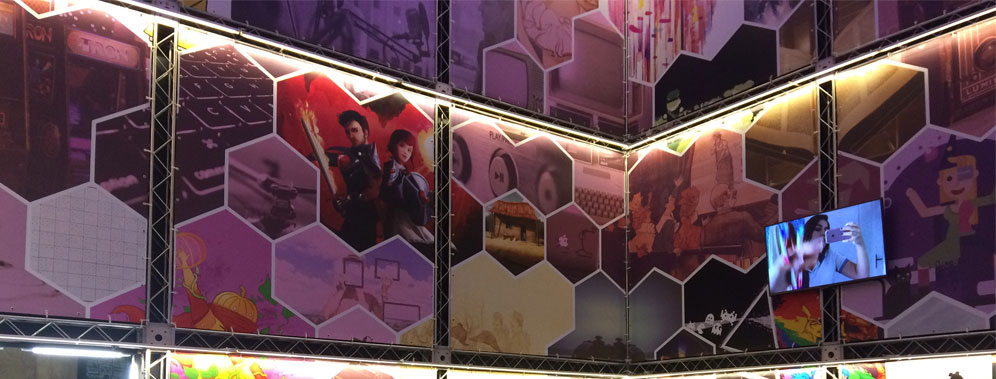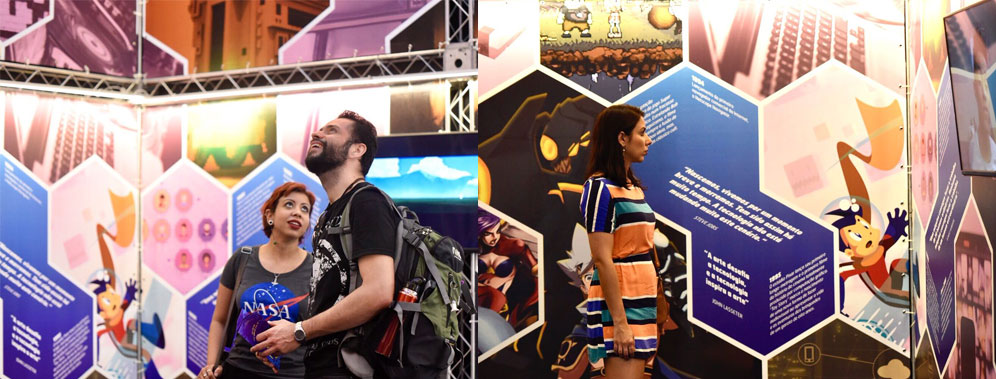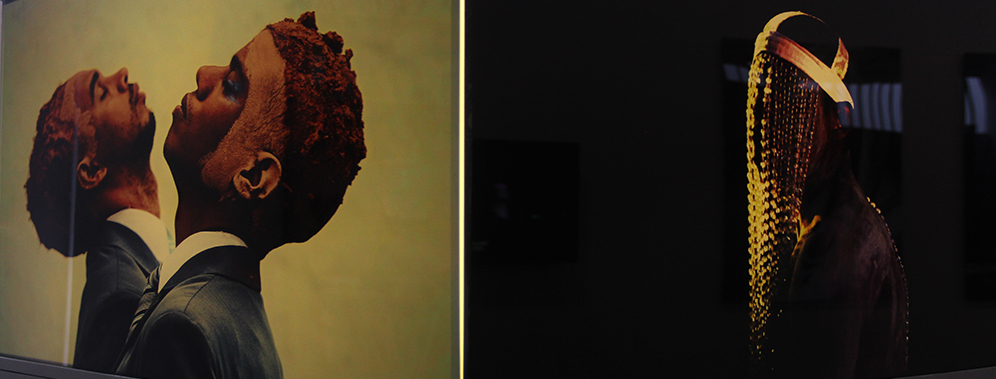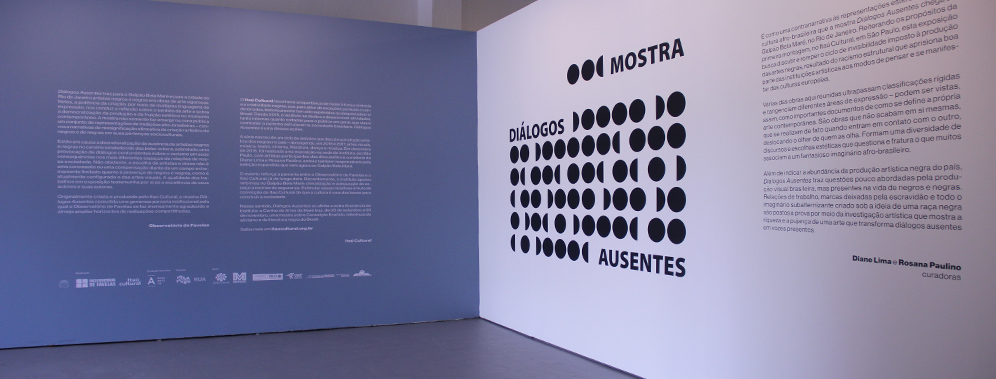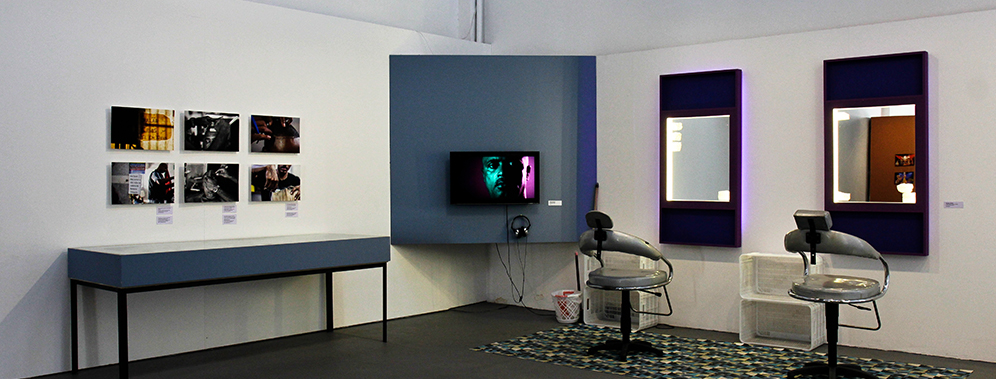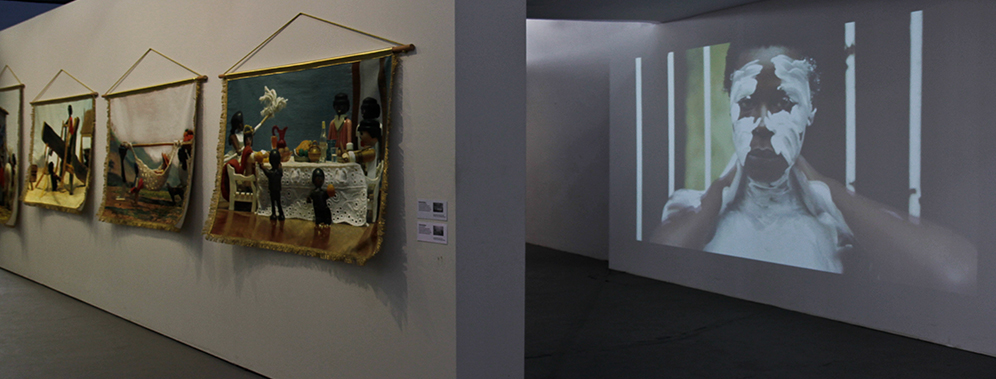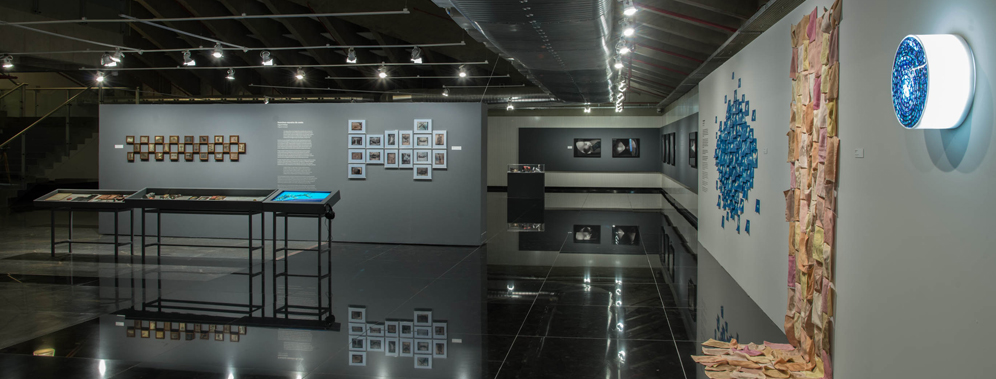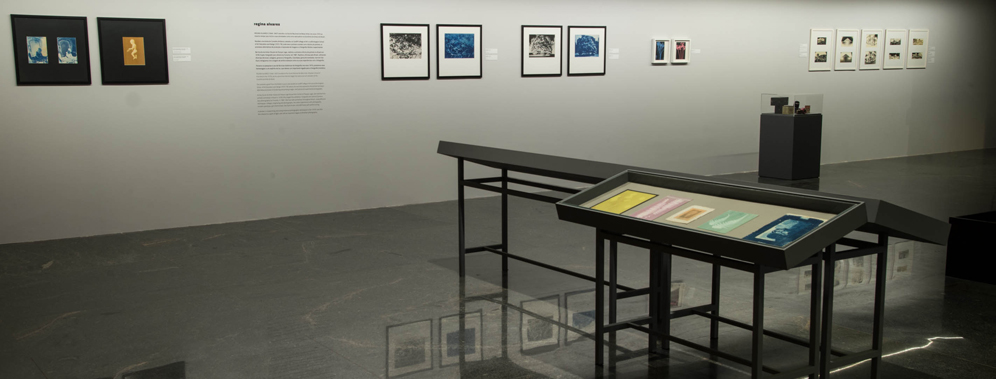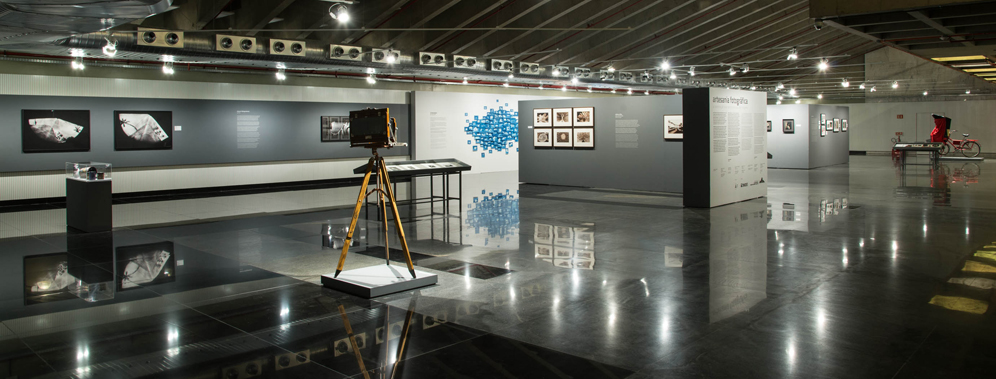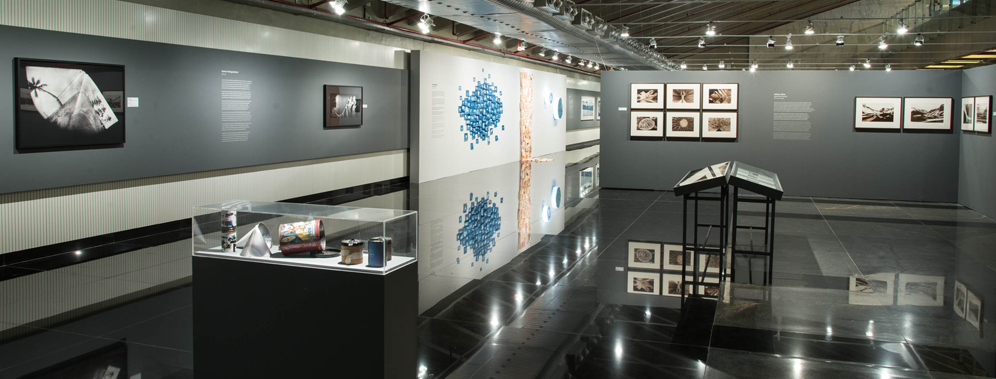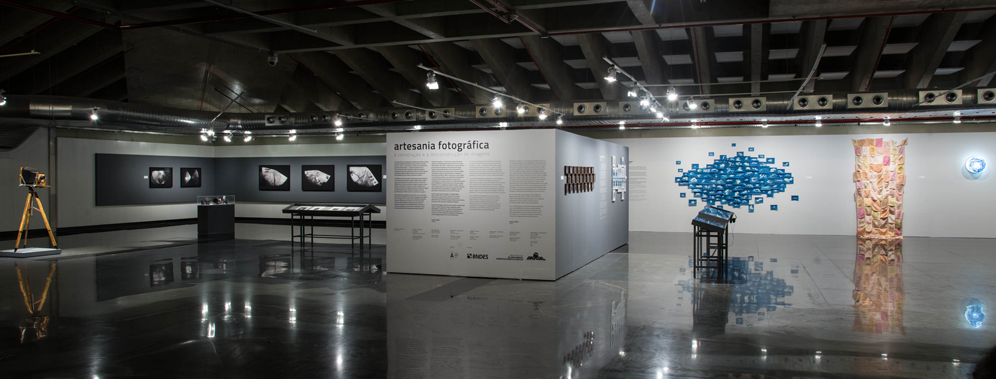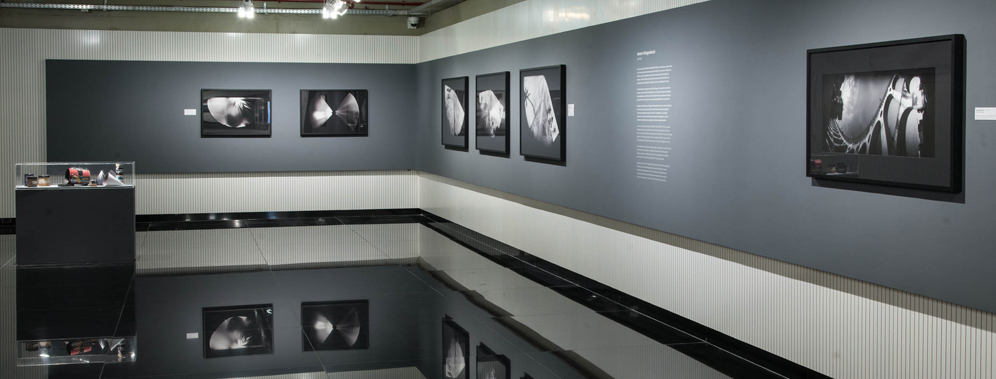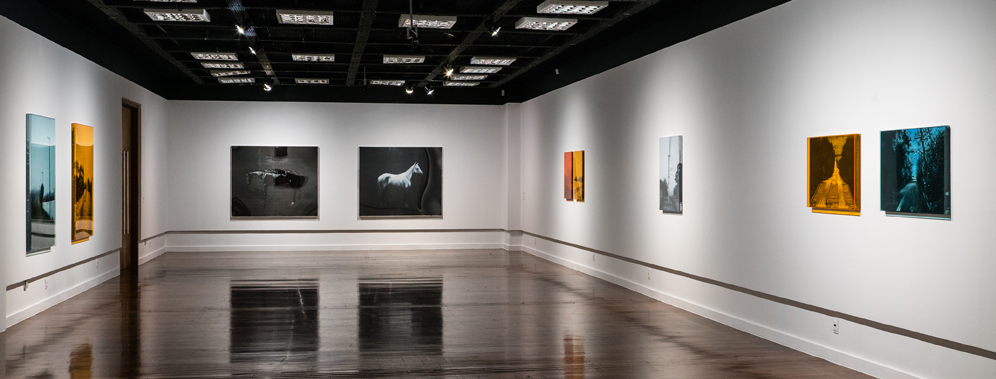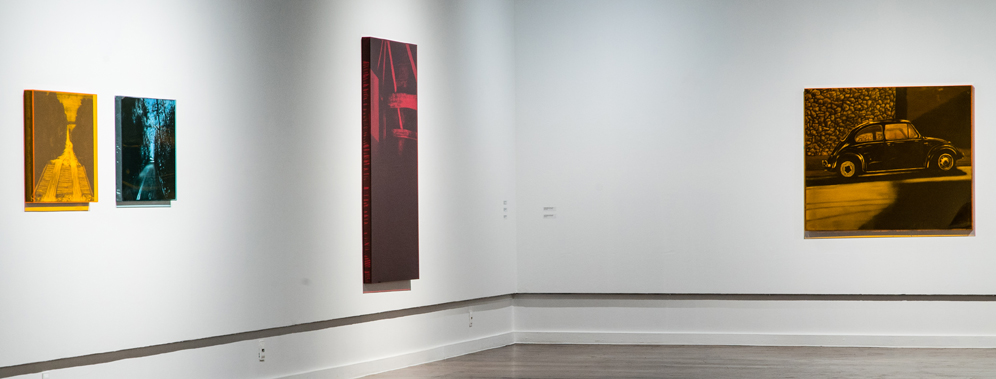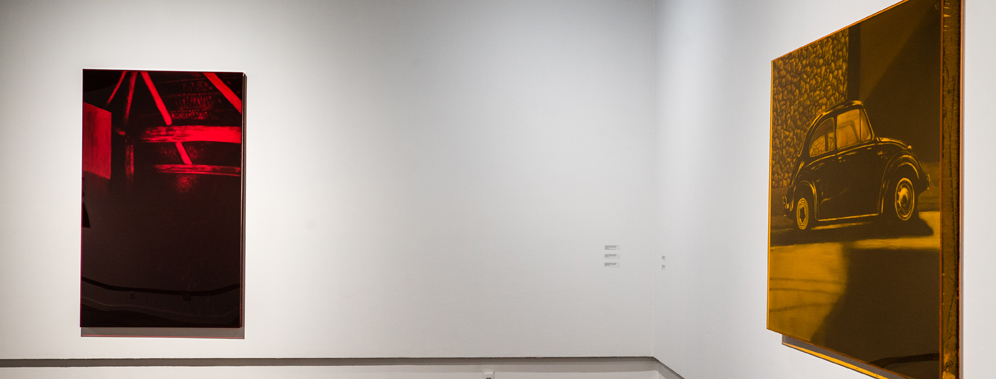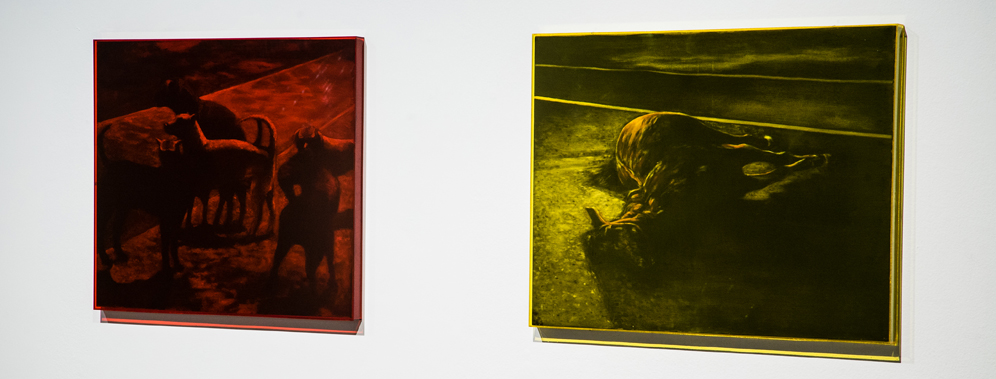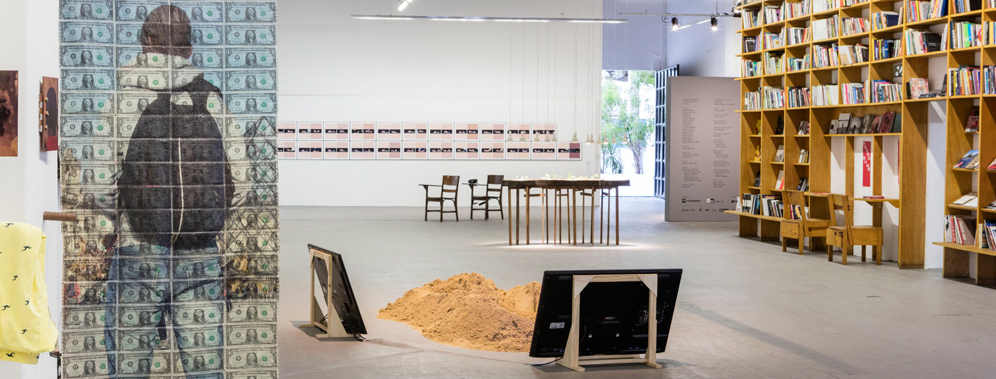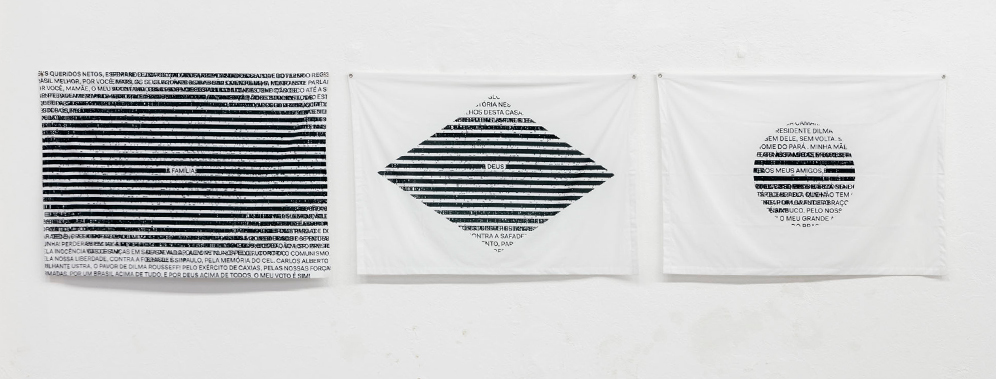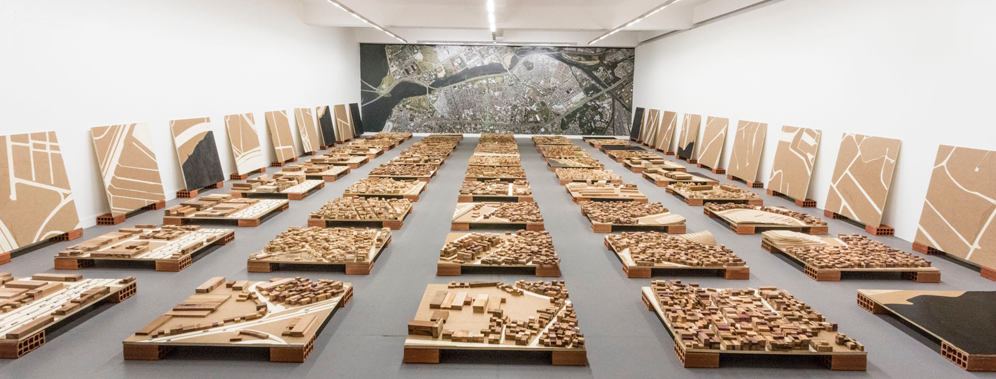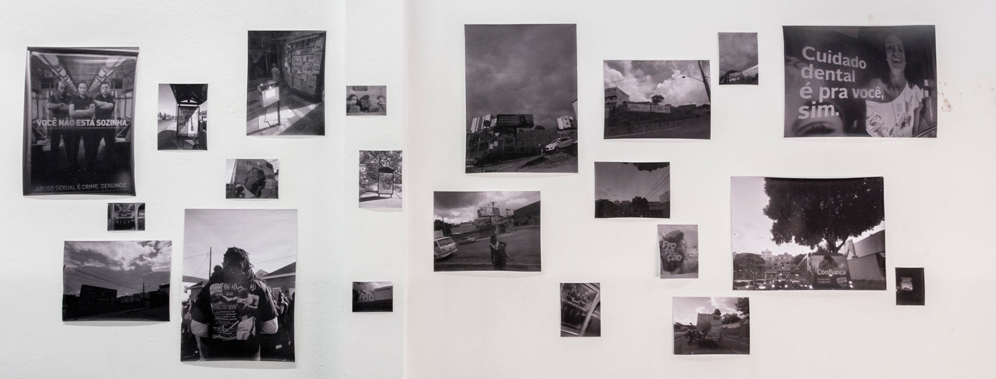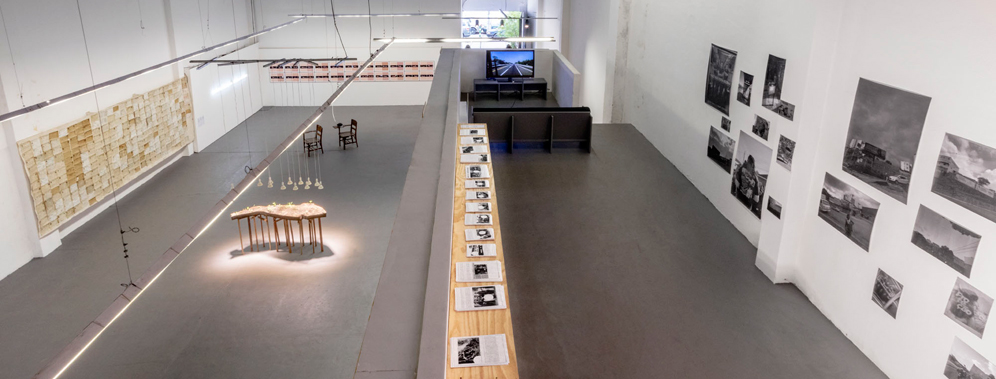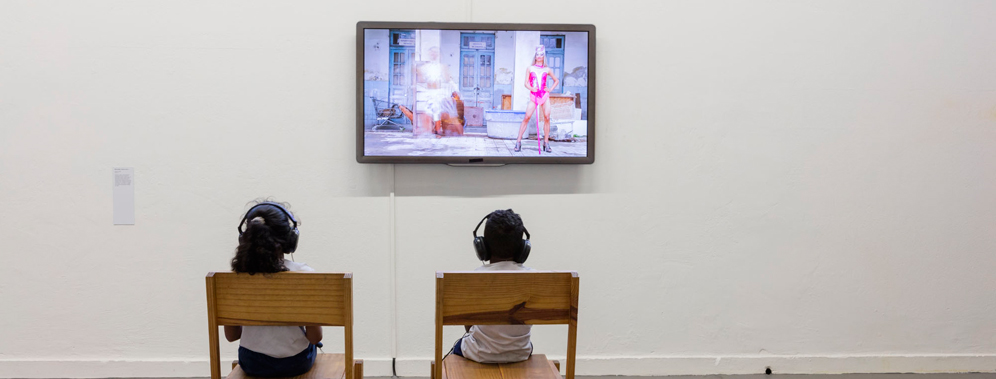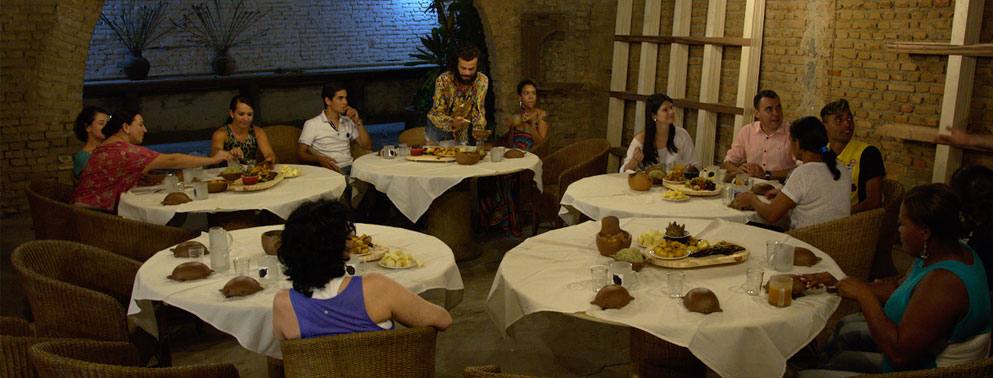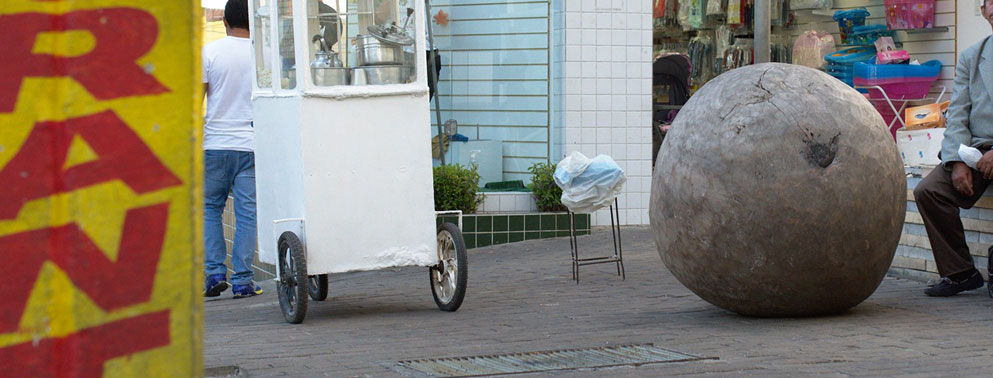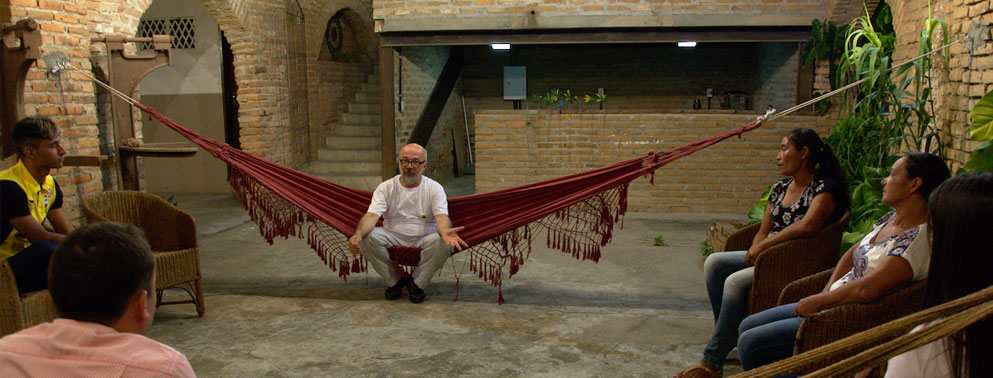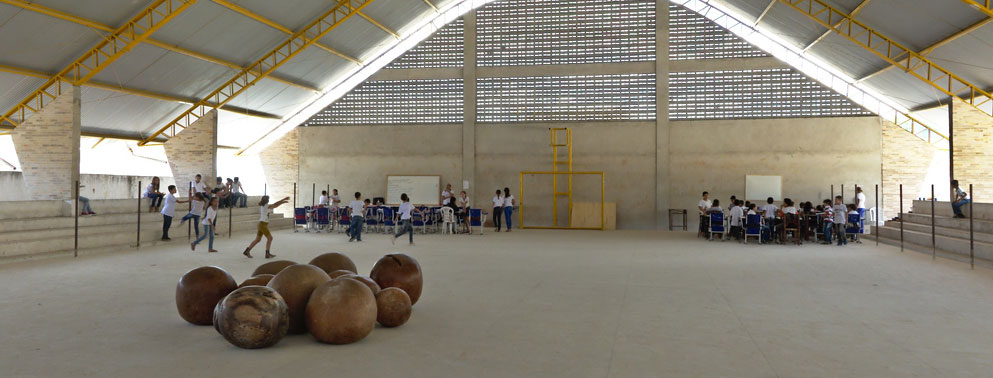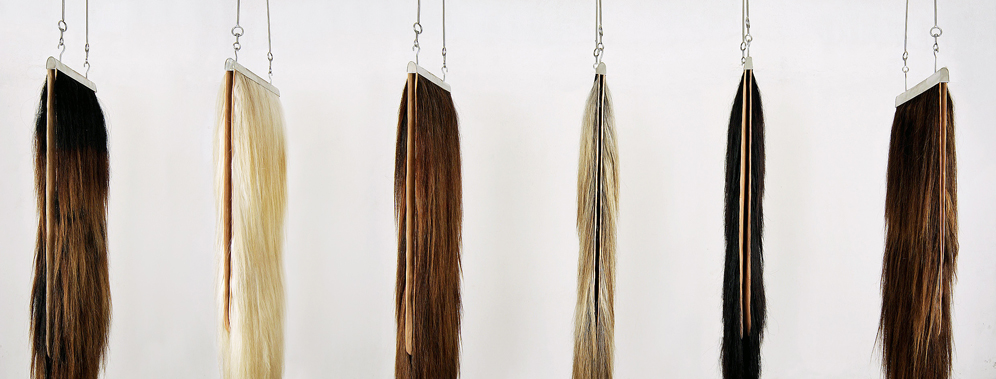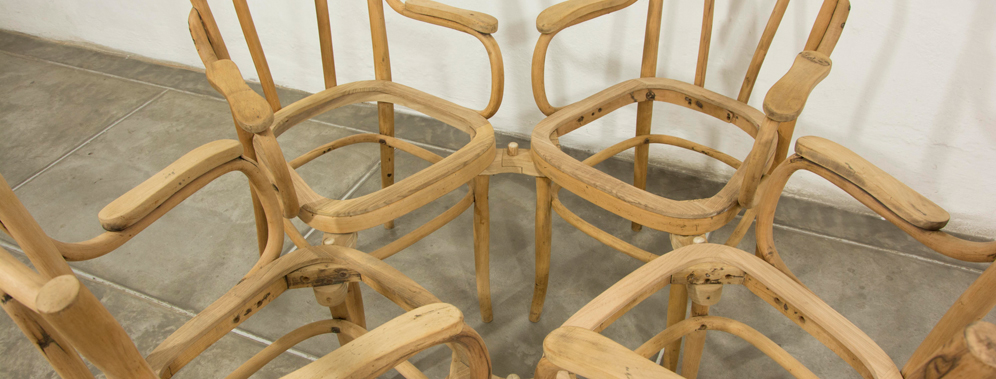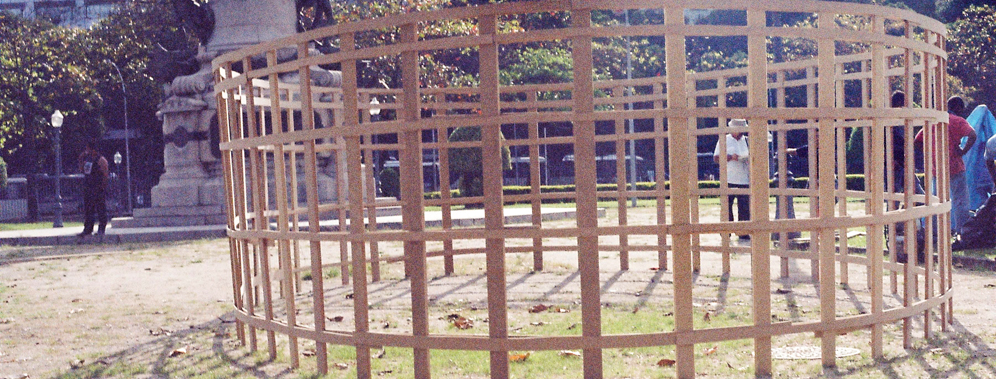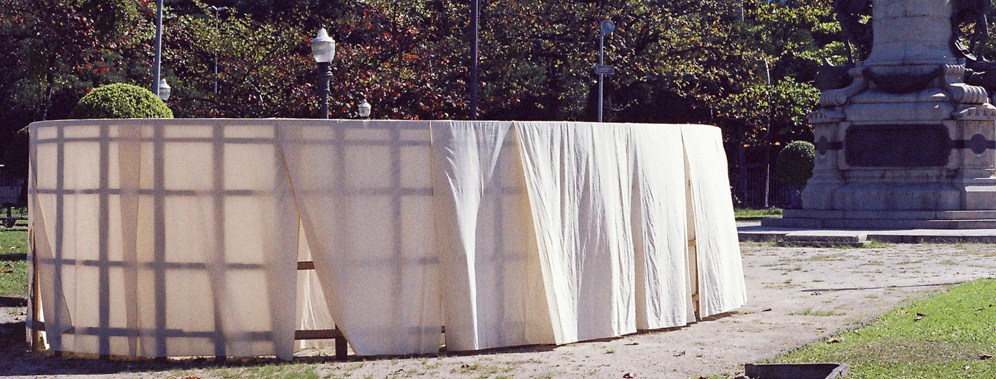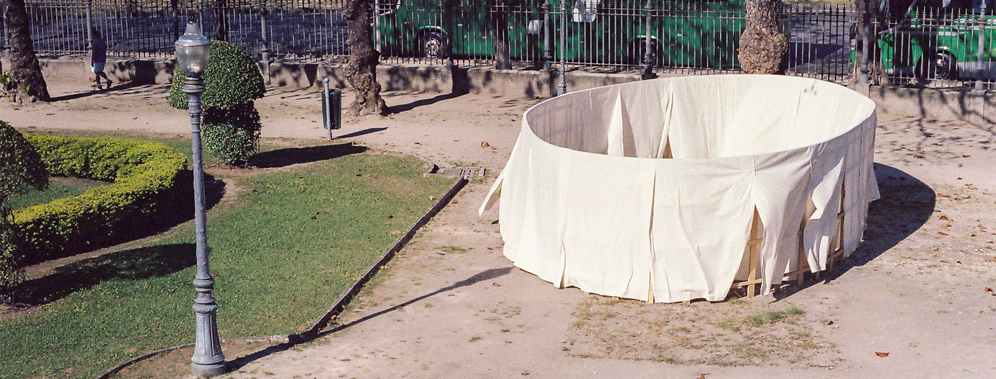TITLE OF THE PROJEC
Mostra Bug
WHERE
Oi Futuro do Flamengo
VISITATION
14/08/2018 – 09/09/2018
Curatorship
André Paz, Julia Salles e Arnau Gifreu
Production
[Automatica]
Luiza Mello
Mariana Schincariol de Mello
Production Assistant
Ana Pimenta
GRAPHIC PROJECT
[Dínamo]
Alexsandro Souza
ARCHITECTURAL DESIGN
[Gávea arquitetura]
Felipe Rio Branco
Alziro Carvalho Neto
INSTALLATION TEAM
[H.O Silva Produções]
Humberto Junior
LIGHT DESIGN
[Belight]
Samuel Betts
Equipments
On Projeções
VR Equipments
Thunder VR
Videos
Cria Projetos e Narrativas
PHOTOGRAPHY
Felipe Varanda
PRESS RELATIONS
Meise Halabi
Assistente de comunição COMMUNICATION ASSISTANT
Leonardo Coelho
SOCIAL MEDIA
Leonardo Coelho, Raquel Boechat e Bianca Nonato
BugLab: International Conference
Coordination
André Paz e Kátia Augusta Maciel
Organizing Committee
Inês Maciel
Julia Salles
Luciano Saramago
Ronaldo Ranzemberger
Production Committee
Arthur Moraes
Bianca Nonato
Bruna Lacerda
Christophe Nonato
Marina Cruz
Willian Nogueira
The central focus of Mostra Bug was an immersion in the universe of new digital narratives, still little known and explored in Brazil. Under the curatorship of André Paz, Julia Salles and Arnau Grifeu, researchers and organizers of interactive projects, the show combined an exhibition with an international conference and workshops.
During the exhibition, around 50 interactive immersive narratives were presented in the form of web-documentaries, projections, interactive documentaries, 360 videos, virtual reality animations, augmented reality, sound maps and transmedia projections [projection, interaction station + cell phone].
The curators sought to offer a panorama of the principal international creative centres and the production of the Brazilian scene, with a focus on non-fiction, and adopting an anthropological approach. The works included an inventory of sounds from the historic cities of the state of Minas Gerais – a multi-platform project created by the documentary makers, Marina Thomé and Márcia Mansur.
Mostra Bug emerged from networking, research and support for new projects provided, over three years, by the laboratory Bug404 (bug404.net), in partnership with Automatica and with funding from Oi Futuro.
TITLE OF THE PROJECT
Ciclo de exposições artísticas em Belo Jardim
WHERE
Espaço Oco e Sesc Belo Jardim
VISITATION
04/19/2018 – 06/30/2018
Artist
Carlos Mélo
Curatorship
Kiki Mazzucchelli
Cristiana Tejo
COORDINATOR
Luiza Mello
LOCAL PRODUCTION
Adauto Bacelar
ART EDUCATION TEAM
Bárbara Amorim
Josenilson da Silva Sanrtos
Vanessa Melo
EDUCATION COORDINATOR
Carlos Mélo
CONSULTING
Erlene Melo
Tarcísio de Almeida
LOCAL ARTIST ASSISTANT / COLAB
Elaine Lima
GRAPHIC PROJECT
Alex Souza | Dinamo Design
COMMUNICATION COORDINATOR / CURATORSHIP ASSISTANT
Rita Vênus
PHOTOGRAPHY
Geyson Magno
VIDEO
Heleno Florentino
Speakers/Performances
Adones Valença
Clovis Teodorico
Kleber de Oliveira
Lorane Barreto
Marcus Lontra
Suzy Okamoto
PRESS RELATIONS
Mariana Oliveira
INSTALLATION/LIGHT DESIGN
Adones Valença
Management
Leticia Libanio
Mariana Schincariol de Mello
Marisa S. Mello
Website
Bruno Gosling | New Gosling
Project and production
Automatica
Team BARRO OCO
Direction and argument
Carlos Mélo
Script
Sérgio Raposo
Production Coordination
Luiza Mello
Edition
João Paulo Reys
Director of Photography
Camilo Soares
1º Camera Assistant
Rafael Cabral
Direct sound
Guma Farias
Head of Machinery
Alex Sandro
Machinery Assistant
Dyego de Souza
Drone
Pedro Coelho
Production Assistant/Director Assistant
Renata Gamelo
Local production assistants
Adones Valença
Bárbara Amorim
Vanessa Melo
Still
Geyson Magno
Still Assistant
Vanessa Melo
Driver
Chiquinho
Additional footage
1º Camera Assistant
Raphael Malta
2º Camera Assistant
Pedro Melo
Direct sound
Rafael Travassos
Driver
Márcio Tarquínio
Soundtrack
Eduardo Albuquerque
Gledson Lamartine
Heligeison Feitosa
Leo Barbalho
Colorist
Paulo M. de Andrade
Mixing
Vinícius Leal e Jesse Marmo | Estúdio Audiorama Filmes
Special cast
Antonio
Bira
Cícera
Coquinho
Dinda
Elaine
Sebastião
With Quilombola do Barro Branco community
Adriana Maria Aleixo
Andréia Alves da Silva
Andreza Alves da Silva
Antonio José da Silva
Cícera Maria da Silva
Deivid Cordeiro da Silva
Edimilson João Aleixo
Elaine Lima do Nascimento
Erivaldo Rodrigues da Silva
Flávio Leandro de Morais Melo
Geilson de Lima
Genilson Aleixo de Lima
Jaciane Cordeiro da Silva
Jadicle Lima dos Santos
Jedielson Aleixo de Lima
José Adriano Silva de Lima
José Assis dos Santos
José Carlos Pedrosa da Silva
José Ubiraci Bernardo Gomes
Leonardo Edilson dos Santos
Maria Aparecida Siqueira
Maria Sabrina da Silva de Lima
Maria Sonia da Conceição
Maria Vitória Aleixo da Silva
Matheus Silva dos Santos
Rivanildo da Silva
Rosangela da Silva Santos
Sebastião Fernandes da Silva
Taciana da Silva Santos
Tacilene da Silva Santos
Agradecimentos
Adauto Bacelar
Cristiana Tejo
David Henrique
Erlene Melo
Flavia Melo
Geyson Magno
Kiki Mazzuccelli
Leo Barbalho
Lorane Barreto
Luiza Mello
Marcus Lontra
Mariana Moura
Renata Gamelo
Serge Huot
Sergio Raposo
Sonia Costa
Suzy Okamoto
Tarcisio Almeida
The Belo Jardim Residence is an annual project organized by the Conceição Moura Institute, under the curatorship of Cristiana Tejo and Kiki Mazzucchelli, and produced by Automática. The Residency invites one artist each year to submit proposals which engage with the cultural, economic, political and social dynamics of the agreste semi-arid region of Pernambuco. In 2018, the Belo Jardim project resumed with the participation of the artist, Carlos Mélo (Riacho das Almas, PE, 1969).
The project developed by Carlos Mélo focused on the quilombola fugitive slave community of Barro Branco, and its struggle for official recognition of ownership of the territory where it has been established for years, on the outskirts of Belo Jardim. The artist’s immersion in the locale shaped the production of the medium-length film Barro Oco, produced from a sensitive perspective of the community as a generator of processes for recovering subjectivity.
In addition to the audiovisual work, the artist inaugurated the Espaço Oco, inside the Fábrica Mariola factory – a cultural space associated with the Conceição Moura Institute. During the period of the residency, the Espaço Oco functioned as a centre for promoting discussions and contact with the people of the city, stimulated by events and performances by the artist and guests.
With the aim of contextualizing the work of Carlos Mélo, an exhibition was also held at Sesc Belo Jardim. The works selected were produced over the last fifteen years, and encompassed images and themes that recur throughout the artist’s career.
Title of the project
A Longa Noite
WHERE
Sesc Pompeia
ADRESS
R. Clélia, 93 – Água Branca, São Paulo – SP
VISITATION
04/07/2018 – 07/07/2018
Artist
Lucia Koch
Production
Luiza Mello (Automatica)
Architectural Design
Alecsander Gonçalves
Graphic Project
Julio Dui (Estúdio Mono)
Engineering, development and assembly of the vinyl filter cover
Lee de Castro e equipe (LeeOffice)
Woodwork
Leonardo Padilha (12 Polegadas)
Light Design
André Boll (Santa Luz)
The installation “A Longa Noite” – “The Long Night”, by the artist Lucia Koch, was staged at the Sesc Pompeia between April 7th and July 8th 2018. Conceived specifically to occupy the hall of the theatre, the intervention responds to the architecture of the building and proposes a temporary transformation of the space. A copper-coloured filter covers the enormous glass ceiling of the space, saturating it with a constant violet light that affects our experience of time and space.
According to Lucia Koch: “night is the place of anxiety and anticipation. We are only able to endure the night because we anticipate the arrival of the day; similarly, we spend the day awaiting nightfall. If the colour of the light does not change, we remain stuck in a state of suspense.”
The artist also introduces hundreds of wooden poles into the space, similar to the structural elements used in the architecture of Lina Bo Bardi. Arranged in apparent disorder, as if awaiting definitive disposal, the poles are painted red, the colour that most stands out against the filter. For its inauguration, she invited the audience to wear red clothes.
TITLE OF THE PROJECT
Entre Construção e Apropriação — Antonio Dias, Geraldo de Barros e Rubens Gerchman in the 1960s
WHERE
Sesc Pinheiros
ADRESS
R. Paes Leme, 195 — Pinheiros, São Paulo – SP
VISITATION
04/06/2018 – 06/03/2018
CURATOR
João Bandeira
ASSISTANT CURATOR
Ana Roman
PRODUCTION
Automatica
Luiza Mello
Mariana Schincariol de Mello
PRODUCTION INTERN
Ana Pimenta
EXPOGRAPHY PROJECT
Ricardo Amado e Beatriz Matuck
LIGHT DESIGN
André Boll
GRAPHIC PROJECT AND VISUAL COMMUNICATION DESIGN
Celso Longo + Daniel Trench
Luisa Prata [assistente]
RESEARCH
Lara Casares Rivetti
PROOFREADING
Duda Costa e Marca-Texto Editorial
EDUCATION PROGRAM
Dialogum Projetos Culturais Carlos Negrini
INSTALLATION TEAM
Superarte Produtora
Alexandre Cruz
André Cruz
Eurides Corcini
Lucas Corcini
PRESS RELATIONS
Pool de Comunicação
TRANSPORT
Vanguardian Transportes Especializados
SPECIAL THANKS TO
Adolfo A. Leirner, Alfredo Setubal, Antonio Dias, Clara Gerchman, Elaine Ramos, Evandro Teixeira, Fabiana de Barros, Fabio Cimino, Fulvia Leirner, Gustavo Rebello, Heitor Martins e Fernanda Feitosa, João Avelar, João Sattamini, Lenora de Barros, Licia Viola, Luciana Brito, Orandi Momesso, Luis Antonio de Almeida Braga, Luiz Buarque de Holanda, Marcio Gobbi, Marco Antonio Amaral Rezende, Marta Fadel, Paola Chieregato, Patricia Lee, Patrícia e Waltercio Caldas, Paula Marinho, Paulo Kuczynski, Rara Dias e Verônica Gerchman.
“Entre Construção e Apropriação — Antonio Dias, Geraldo de Barros and Rubens Gerchman in the 1960s”,was held at Sesc Pinheiros under the curatorship of João Bandeira. With free entry, the exhibition brought together 60 works by the three artists, conceived between the years 1960 and 1967.
The premise of the project emerged from shared aesthetic aspects and social implications in the works of Dias, Barros and Gerchman produced during this period. Under the pressure generated by the turbulent political context of those years — just before the military coup of 1964 and exacerbated by the repression unleashed by the new government — an intense response in the artistic world included major solo shows and collective events, such as the Nova Objetividade Brasileira — New Brazilian Objectivity — (at the Museum of Modern Art at Rio de Janeiro, in 1967), which provided an outlet for a renewed appetite for experimentation.
“Making use of the recent constructive legacy and simultaneously appropriating new processes and questions on the agenda at that time, Antonio Dias, Geraldo de Barros and Rubens Gerchman established a poetics with highly specific characteristics. But which, nevertheless, can be approximated in detail, thanks to the skill with which they deal, in their works, with some of the main forces at work in the field of art in the 1960s, and which, though not always in a wholly integrated manner, inform a significant portion of the work which demanded the creation of a new artistic vanguard in Brazil”, observes the curator, João Bandeira.
TITLE OF PROJECT
Dreaming Awake
WHERE
Marres, Maastricht
VISITATION
03/10/2018 – 06/03/2018
CURATORS
Luiza Mello
Valentijn Byvanck
ARTISTS
Luiz Zerbini
Daniel Steegmann Mangrané
Dominique Gonzalez-Foester
PRODUCTION
Torsten Uerlings
BOOK DESIGN
João Doria
BUILDING INSTALLATION TEAM
Tymen Dekker
Looy Driesser
Jeroen Evertz
Ralf Nevels
Niklas van Woerden
GARDEN INSTALLATION TEAM
Robin Lock
Irene Walraven
PROMENADE 2/INSTALLATION TEAM
Martial Garfione
Milo Kusmic | 2K communicatie
SPIRAL FOREST/INSTALLATION TEAM
Roman Soroko | Eidotech
PROJECT COLLABORATORS
Yasmin Assade
Geralda Januário
Paulo Januário
PHOTOGRAPHY
Rob van Hoorn
Gert Jan van Rooij
SPECIAL THANKS TO
Automatica
Bill Bowen
Frederico Coelho
Drukkerij Tielen
Natacha Fink
Sebastiaan Hanekroot
Hexspoor
Ayumi Higuchi
Eduardo Kohn
Jorn Konijn
Mariana Mello
Marisa Mello
Jonas Ohlsson
Helena and John Plummer
Gladys Schincariol
Alexsandro Souza | Dinamo design
UNICUM
Hans Vissers
Stichting de Vrolijkheid
Team Marres
The exhibition Dreaming Awake presented a tropical forest in layers. The humidity, the heat, the sounds and a breath-taking multiplicity of species from the Amazon rainforest are invasive forms where the landscape imposes itself on us. Once inside, there is no way to escape. The pressure of the environment is so powerful and hypnotic that it leaves us in a dream-like state.
The project was developed by the curator, Luiza Mello, and the director of Marres, Valentijn Byvanck, in partnership with the artists Dominique Gonzalez-Foerster, Daniel Steegmann Mangrané and Luiz Zerbini.
Luiz Zerbini transformed the groundfloor of the Marres into an immersive environment with real plants. Natureza espiritual da realidade — The Spiritual Nature of Reality — , is an almost living picture where we are touched by the humidity, the heat, the smell of the damp earth and decomposing leaves, and where we marvel at the multiplicity of colours and forms carefully positioned in the space by the artist.
On mounting the stairs, the visitor comes face to face with new layers of this dreamed forest. In Promenade 2, the French artist Dominique Gonzalez-Foerster invites us to tune out of the external world and experience the sound of a tropical storm. The space is empty; the architecture dissolves so that our attention focuses fully on the sonic environment.
Daniel Steegmann Mangrané presents the film Spiral Forest, where a camera rotates through the Atlantic Rainforest creating interconnected movements. The spectator’s body revolves around this continuous spiral and is projected inside the forest, entering into the flow of the image in the moment. The second work, Phantom, is a virtual reality environment where visitors enter and wander through a forest scanned in black and white, using an Oculus Rift.
The exhibition Dreaming Awake was held at Marres, Maastricht, Netherlands, between March 10th and June 3rd 2018.
TITLE OF PROJECT
DIGI – Festival de Cultura Digital
WHERE
CCBB Rio de Janeiro
ADRESS
R. Primeiro de Março – Centro, Rio de Janeiro
VISITATION
01/18/2018 – 01/20/2018
From 9am to 9pm
PRODUCTION
Automatica
CURARTOSHIP
Arthur Protasio e Henrique Granado
COORDINATION
Eva Doris Rosental
CONSULTING
Heloisa Buarque de Hollanda
GRAPHIC PROJECT
Dínamo Design
RESEARCHING (DIGI CUBE)
Isabella Alvarez [Automatica Edições]
PRESS RELATIONS
Meise Halabi
DIGITAL MEDIA
14 agência de conteúdo estratégico
SCENOGRAPHY
Cenografia.net
LIGHT DESIGN
BLight
AUDIOVISUAL
On Projeções
SOUND
Boca no Trombone
MONITORS COORDINATION
Diogo Fernandes
MONITORS
Amilton Folly, Ana Portocarrero , Anne Juliette, Ariel Carolina Mendonça, Caio Passos, Carol Cañellas, Clarissa Bernardo, Douglas Cunha, Eduardo Teixeira, Giovanna Dalforte, Isabella Alvarez, Jéssica Oggioni, Joyce Elisa , Karen de Moura, Larissa Marinho, Leandro Gonçalo, Letícia Linhares, Marco Antônio, Matheus Vieira, Mikey Vieira, Pedro Camelo, Raquel Cardoso, Renato Russo, Stênio Nóbrega, Taís Turaça, Vinícius dos Santos, Virgínia Adler, Wender Roberto
SPECIAL THANKS
Abragames, Akom Studio, Ana Paula D’Arievilo, Álvaro Piquet Pessoa, Gustavo Klein, RING, Théo Buarque de Hollanda, Virtopia, Voxels. To everyone who contributed by sending content.
DIGI is a festival of entertainment and reflection built around five pillars: video, audio, games, virtual reality and literature. It was held in the Banco do Brasil Cultural Centre in Rio de Janeiro, on January 18th, 19th and 20th, 2018.
Under the general coordination of Eva Doris Rosental, consultancy of Heloisa Buarque de Hollanda and the curatorship of Arthur Protasio (creative director of Fableware Narrative Design) and Henrique Granado (chairman of Jedi Rio), the trans-media event is wide-ranging both in the number of its platforms and its content.
The curatorial focus on Brazilian digital production was reflected in a program where 90% of the attractions were home-grown, including 32 games, 74 videos (about black consciousness, gender and diversity, short films and web series, vlogs and fan-films). There were also 12 debates/lectures, talk shows and shows by Preta-Rara (a rapper, art-educator and creator of the web series “Nossa Voz Ecoa” — “Our Voice Echoes”), the orchestra Ritornello de Jedi (with a repertoire of soundtracks of video game, series and cartoons, for strings and voices) and by the band The Screeners, who present rock versions of the soundtracks of series, games and films.
TITLE OF PROJECT
Diálogos Ausentes | Mostra
WHERE
Galpão Bela Maré
ADRESS
Rua Bittencourt Sampaio, 169, Maré, Rio de Janeiro/RJ
VISITATION
09/30/2017 – 12/10/2017
CONCEPTION AND REALIZATION
Itaú Cultural
CURATORS
Rosana Paulino e Diane Lima
EXPOGRAPHY PROJECT
Henrique Idoeta Soares
DIRECTION
Observatório de Favelas
(Jailson de Souza e Silva, Jorge Luiz Barbosa, Eduardo Alves, Elionalva Sousa Silva, Raquel Willadino Braga e Isabela Souza)
PRODUCTION
Automatica
Luiza Mello
Mariana Schincariol de Mello
Marisa S. Mello
COORDINATION GALPÃO BELA MARÉ
Alexandre Silva
DIGITAL COMMUNICATION
Observatório de Favelas
Agência Diálogos
PRESS RELATIONS
Observatório de Favelas
PiA? Garcia, Priscila Rodrigues e Quitta Pinheiro
EDUCATION PROGRAM
Carolina Aleixo, Jean Carlos Azuos e Michelle Barros
MOBILIZATION
Alessandra Pinheiro
CONSULTING
Janis Clémen
COORDINATION
Letícia Souza
PHOTOGRAPHY
Bira e Francisco Valdean
CARETAKER
Luiz Gonzaga dos Santos
CLEANING
Marcia da Silva Pereira
The show Diálogos Ausentes (Absent Dialogues), at the Galpão Bela Maré, in Rio de Janeiro, brought together works by 17 creators and groups which portray the multiple facets of black experiences in Brazil, comprising paintings, installations, photo shoots, short films and records of theatre performances and shows. The project is an initiative of Itaú Cultural, and its pre-production phase included a series of debates about the presence of black people in Brazilian art.
Under the curatorship of Diane Lima and Rosana Paulino, the exhibition presented contemporary works by the artists Aline Motta; André Novais Oliveira; Ângelo Flávio; Capulanas Cia de Arte Negra; Dalton Paula; Eneida Sanches; Eustáquio Neves; Fernanda Júlia; Gessica Justino; Herberth Sobral; Juliana Vicente; Larissa Fulana de Tal; NEGR.A Coletivo de Negras Autoras; Renato Felinto; Sérgio Adriano H; Viviane Ferreira; and Yasmin Thainá.
According to the curator Rosana Paulino, DiA?logos Ausentes can play an important role (…) regarding the paltry number of works of art produced by Afro-descendents accepted by cultural circuits, and also in reflecting on their use as a tool for discussing the problems faced by this sector of the population and the means for overcoming such obstacles.
TITLE OF PROJECT
Artesania Fotográfica
VISITATION
08/01/2017 – 09/22/2017
CURARTOSHIP
Marcia Mello
ARTISTS
Francisco Moreira da Costa
Cris Bierrenbach
Roger Sassaki
Ailton Silva
Mauro Fainguelernt
Ricardo Hantzchel
Tiago Moraes
Regina Alvarez
PRODUCTION
Automatica
Luiza Mello
Mariana Schincariol de Mello
PRODUCTION’S ASSISTANT
Leticia Libanio
PRODUCTION’S SUPORT
Paulino Costa Neto
MANAGER
Marisa S. Mello
GRAPHIC DESIGN
Dínamo
Alexsandro Souza
SCENE SETS
H. O. Silva Produções
Humberto Junior
LIGHTING
BeLight
Samuel Betts
ASSEMBLY
Ivar Rocha
Ivonne Villamil
PROOFREADING
Duda Costa
TRANSLATION
Christopher Burden
PRESS CONSULTANTS
Meise Halabi
ACKNOWLEDGMENTS
Antonio Saggese
Fabian Alvarez
Marian Wolff Starosta
Villa Sophia
SUPPORT
Audi Magazine
Trip Editora
Museu de Arte do Rio
Conceived specially for the BNDES Cultural Space, Artesania Fotográfica presents the results of the research of seven Brazilian contemporary photographers, who opted to use alternative processes of image printing: daguerreotype, ambrotipia, platinum, cyanotype, albumin and calotype, techniques used from 1839 and practiced until the beginning of the 20th century by amateur and professional photographers.
The curator Marcia Mello chose works with a more classical language and also bring current issues of Francisco Moreira da Costa, Cris Bierrenbach, Roger Sassaki, Ailton Silva, Mauro Fainguelernt, Ricardo Hantzchel and Tiago Moraes.
The photographer Regina Alvarez (Rio de Janeiro, 1948-2007), pioneer in the use of alternative techniques of photography production and printing in Brazil, is being honored with presentation of documents, personal notes and works of her own.
PROJECT TITTLE
Quase pinturas
CURATORSHIP
Agnaldo Farias
ARTIST
Fabio Cardoso
PLACE
Caixa Cultural Rio de Janeiro
ADRESS
Rua Almirante Barroso, 25
VISITATION
27/05/17 a 23/07/17
PRODUÇÃO LOCAL
Automatica
DESIGN
Gisela Domschke
Ally Fukumoto
LIGHTING PROJECT
Samuel Betts Blight
ASSEMBLING
André Renauld
Ivar Rocha
PRESS RELATIONS
Meise Halabi
From May 27th to July 23rd2017, Caixa Cultural Rio is staging the exhibition Quase pinturas, by the artist Fabio Cardoso. The exhibition comprises a series of 13 figurative oil paintings, bearing the same name, never before seen in Rio. Curated by the art critic Agnaldo Frias.
In creating these works, Fabio Cardoso starts out with a canvas covered in black paint; he then removes the paint to reveal scenes registered with a cell-phone camera. Finally, the artist places a thin layer of transparent or coloured oil paint over the canvas, that suggests a stain – a fine coat of paint applied to the painting, revealing the ink underneath – conferring a unique luminosity on the works.
The act of removing ink from the canvas to create this series renders it similar to the sculptural process, with the raw material being sculpted to reveal the forms. Hence the title, Quase pinturas (Almost Paintings)
PROJECT TITLE
Travessias 5 – Emergência
CURARTOSHIP
Moacir dos Anjos
ARTISTS
Bárbara Wagner e Benjamin de Burca
Clara Ianni
Daniel Lima
Gustavo Speridião
Jaime Lauriano
Jota Mombaça
Lais Myrrha
Lourival Cuquinha
Mariana Lacerda e Pedro Marques
Marilá Dardot
Paulo Nazareth
Regina Parra
Rosana Palazyan
Thiago Martins de Melo
PLACE
Galpão Bela Maré
VISITATION
06/05/17 a 08/07/17
REALIZATION
Observatório de Favelas, Automatica e Rua Arquitetos
PRODUCTION
Automatica
Luiza Mello
Mariana Schincariol de Mello
Marisa S. Mello
DESIGN
Quinta-feira
DIRECTION
OBSERVATÓRIO DE FAVELAS
Jailson de Souza e Silva
Jorge Luiz Barbosa
Eduardo Alves
Elionalva Sousa Silva
Raquel Willadino Braga
PRODUCTION BELA MARÉ
Alexandre Silva
PRODUCTION OF MOBILIZATION
Geisa Lino
ARCHITETURE
Rua Arquitetos
Pedro Évora
Olivia Vigneron
GRAPHIC DESIGN
Quinta-feira
DIGITAL MEDIA
Observatório de Favelas (Agência Diálogos)
PRESS
Observatório de Favelas
Piê Garcia
Priscila Rodrigues
MOBILIZATION
Redes da Maré
Eliana Sousa Silva
Alberto Aleixo
EDUCATIVE PROGRAM COORDINATION
Janis Clémen
EDUCATORS
Letícia Souza
Michelle Barros
Daniel Remilik
Jean Carlos Azuos
COBERTURA FOTOGRÁFICA
Observatório de Favelas (Agência Diálogos)
Douglas Lopes
Gabriela Carrera
AUDIOVISUAL
Observatório de Favelas (Agência Diálogos)
LIGHT DESIGN
BLight
Samuel Betts
CARETAKER
Luiz Gonzaga dos Santos
CLEANING
Marcia da Silva Pereira
The fifth edition of the exhibition Travessias (Crossings), open to the public from May 6th to July 8th 2017, was curated by Moacir dos Anjos and presents work by 16 artists. Travessias is an initiative of the Observatório de Favelas and the producer Automatica, in collaboration with Rua Arquitetos and Redes de Desenvolvimento da Maré. The aim of the project is to stage an exhibition on contemporary art exhibition in the Maré favela complex, annually, together with talks, workshops and educational activities. The crossing that the project proposes extends beyond the geographical dimension that its title and location suggest, and also refers to the scale and diversity of the dialogue that art can have with society.
Under the title EMERGÊNCIA (Emergency), the exhibition makes reference both to the urgency of the times we are living in and the emergence of images and gestures that confront the regressive social forces that persist in Brazil today.
EMERGÊNCIA comprises work produced by 16 artists from different backgrounds and present in a variety of media. These are: Bárbara Wagner and Benjamin de Burca, Clara Ianni, Daniel Lima, Gustavo Speridião, Jaime Lauriano, Jota Mombaça, Lais Myrrha, Lourival Cuquinha, Mariana Lacerda and Pedro Marques, Marilá Dardot, Paulo Nazareth, Regina Parra, Rosana Palazyan and Thiago Martins de Melo. In formulating answers to the urgent issues arising in Brazil, the works of these artists play their part in creating more critical and inclusive modes of representing contemporary Brazil.
Project tittle
Ciclo de exposições artísticas em Belo Jardim
Curatorship
Kiki Mazzucchelli
Cristiana Tejo
Artist
Marcelo Silveira
Place
Belo Jardim
Visiting information
03/20/2017 – 05/19/2017
Executive production
Automatica
Luiza Mello
Mariana Schincariol de Mello
Manager
Marisa S. Mello
Design
Priscila Gonzaga
Artist assistant
Bárbara Amorim
Alice Teshima
Aline Silva
Ana
Monica Silveira
Press relations
Mariana Olveira
Videos
João Lucas Melo / Jacaré VídeoLocal production and curator assistant
André Vieira
Art educators
Antônio Wellington
Martha Ferreira
Vanessa Melo
Pierre Tenório
Photography
Bernardo Teshima
On March 20th 2017, the Residência Belojardim project began, in the city of Belo Jardim, 180 km from Recife. With the curatorship of Cristiana Tejo and Kiki Mazzucchelli, it begins with a two month residence by the artist Marcelo Silveira in the town. The general idea is to bring contemporary artists to Belo Jardim, to encourage contact between local people and the visual arts.
Residência Belojardim is a long-term project that seeks to prompt discussions about the sociocultural meaning of the term northeast and the region’s art legacy today, based on an in-situ experience in the city of Belo Jardim. Each year, an artist will be invited to live in the city for a period of two months, and develop specially commissioned projects for the local context. The Residência Belojardim project also provides for the holding of a series of parallel events that will be developed in close dialogue with the proposals of the resident artists, which may include talks, performances, film showings, workshops and other activities.
During his stay in the city, Marcelo Silveira has presented eight works, focusing on a different one each week. The artist has transformed the old candy factory, Mariola, into his studio, and here he holdslunch meetings with different groups from the city . The idea is that the work of the week, its artistic philosophy andreflections can shape the conversation: “It’s at the table that the best conversations take place, hence our proposal to bring people together around it. The focus is not on the food, which is an secondary element of the process” he explains. The Belo Jardim studio was opened up to welcome those interested in engaging in dialogue. Silveira has a particular concern with the need to develop pacts, exchanges and conversations. The artist intends to cast a sensitive eye over the city, finding beauty and aesthetic pleasure in places and practices that perhaps pass unnoticed in its day-to-day life.





